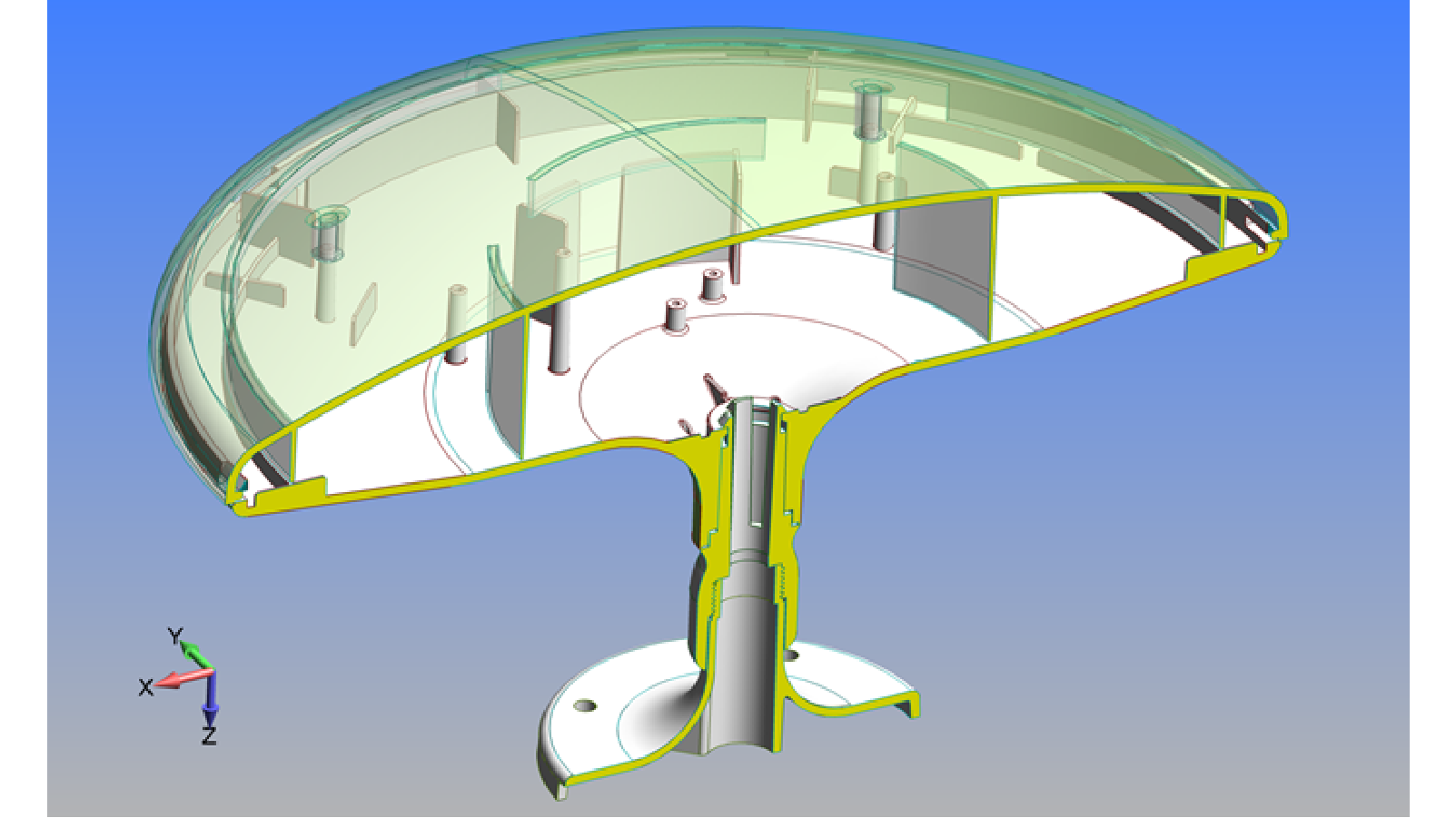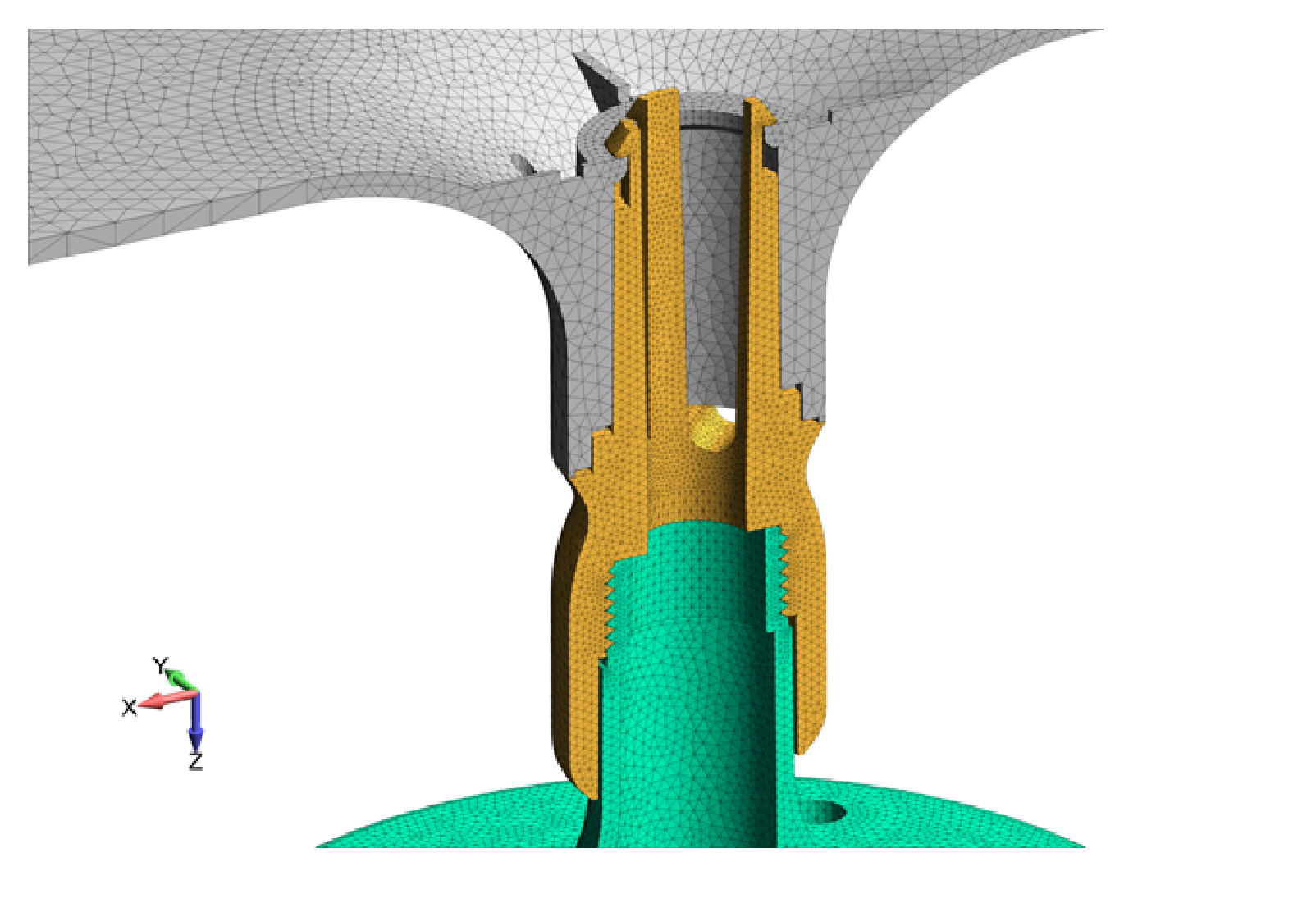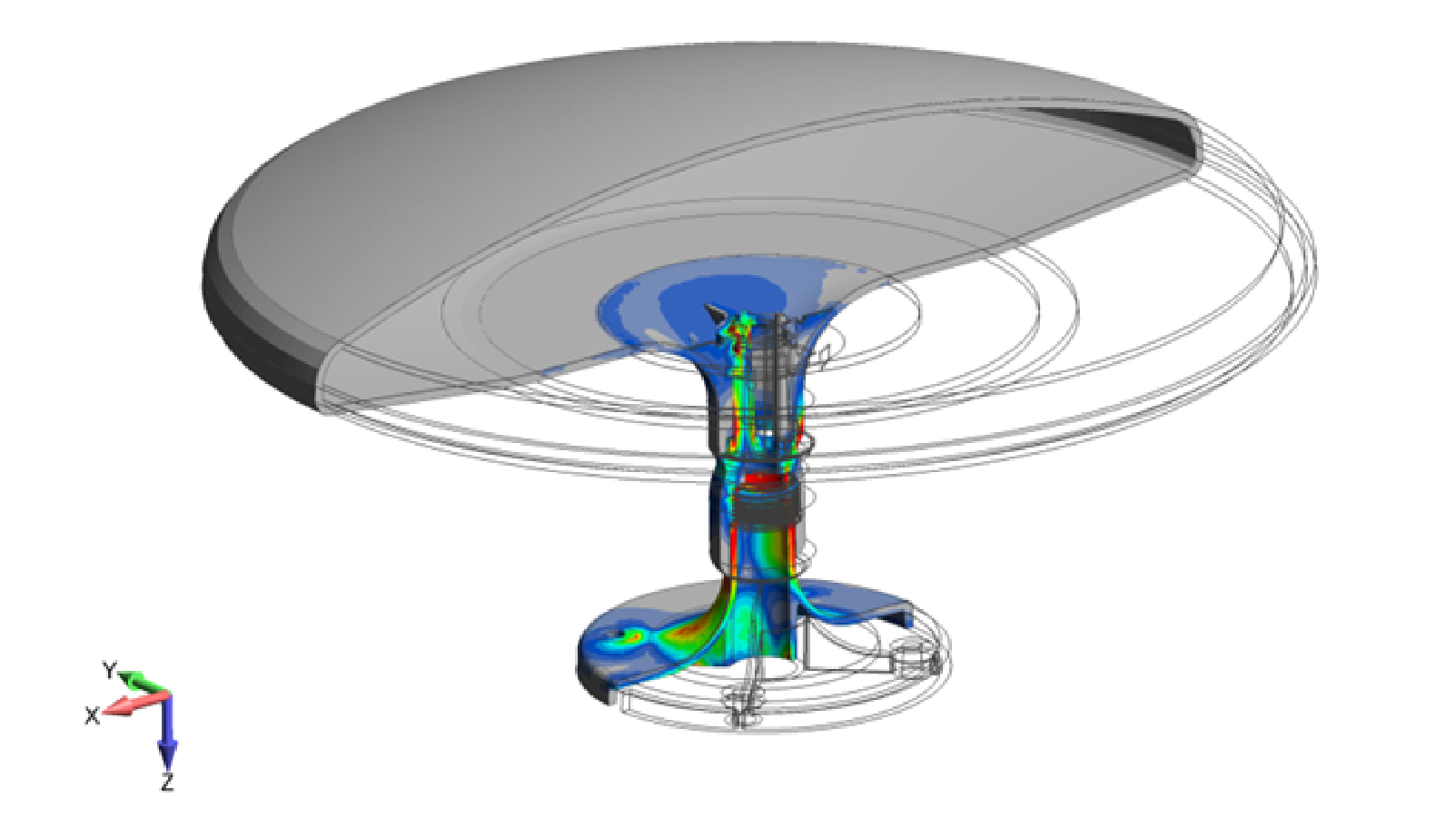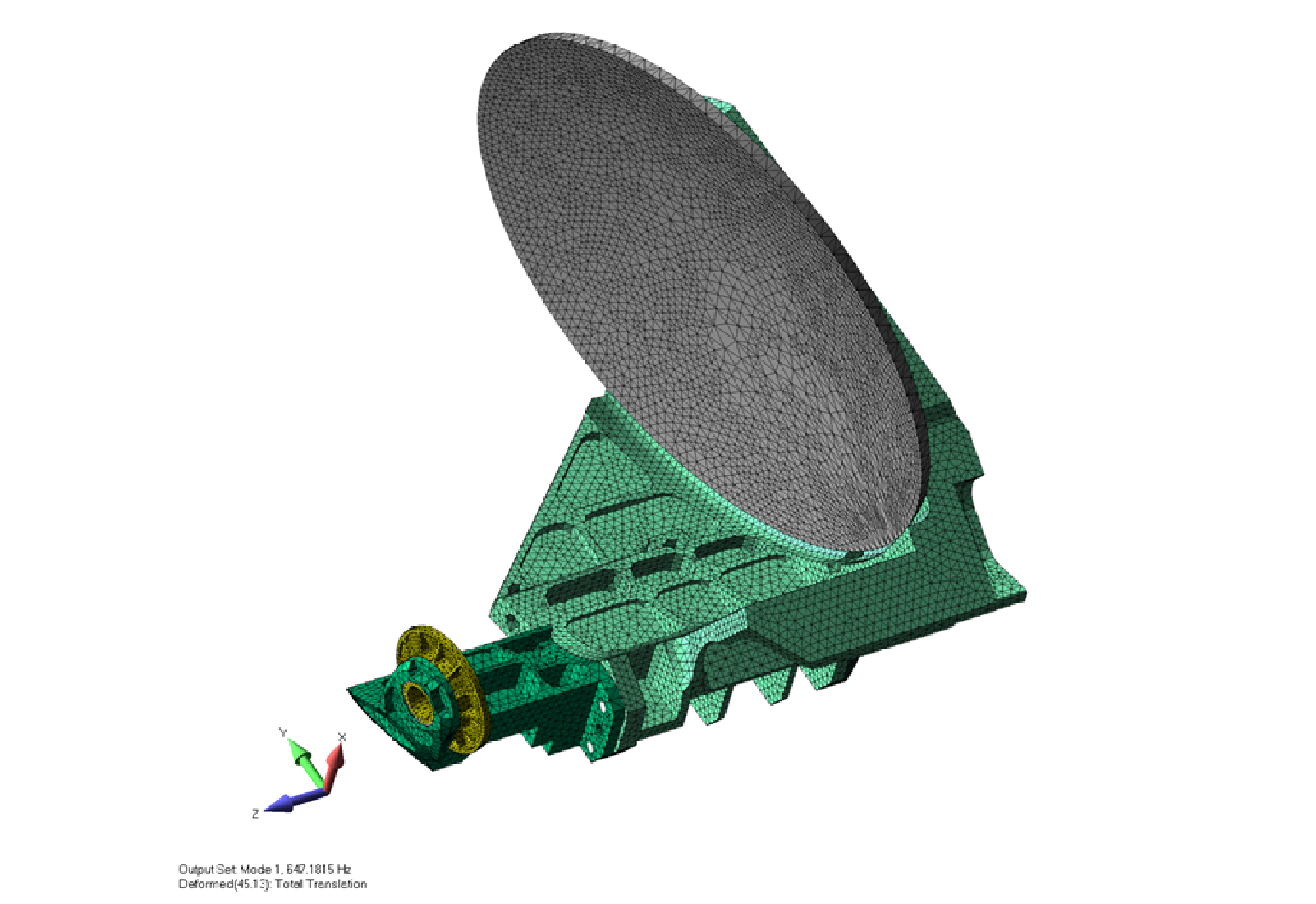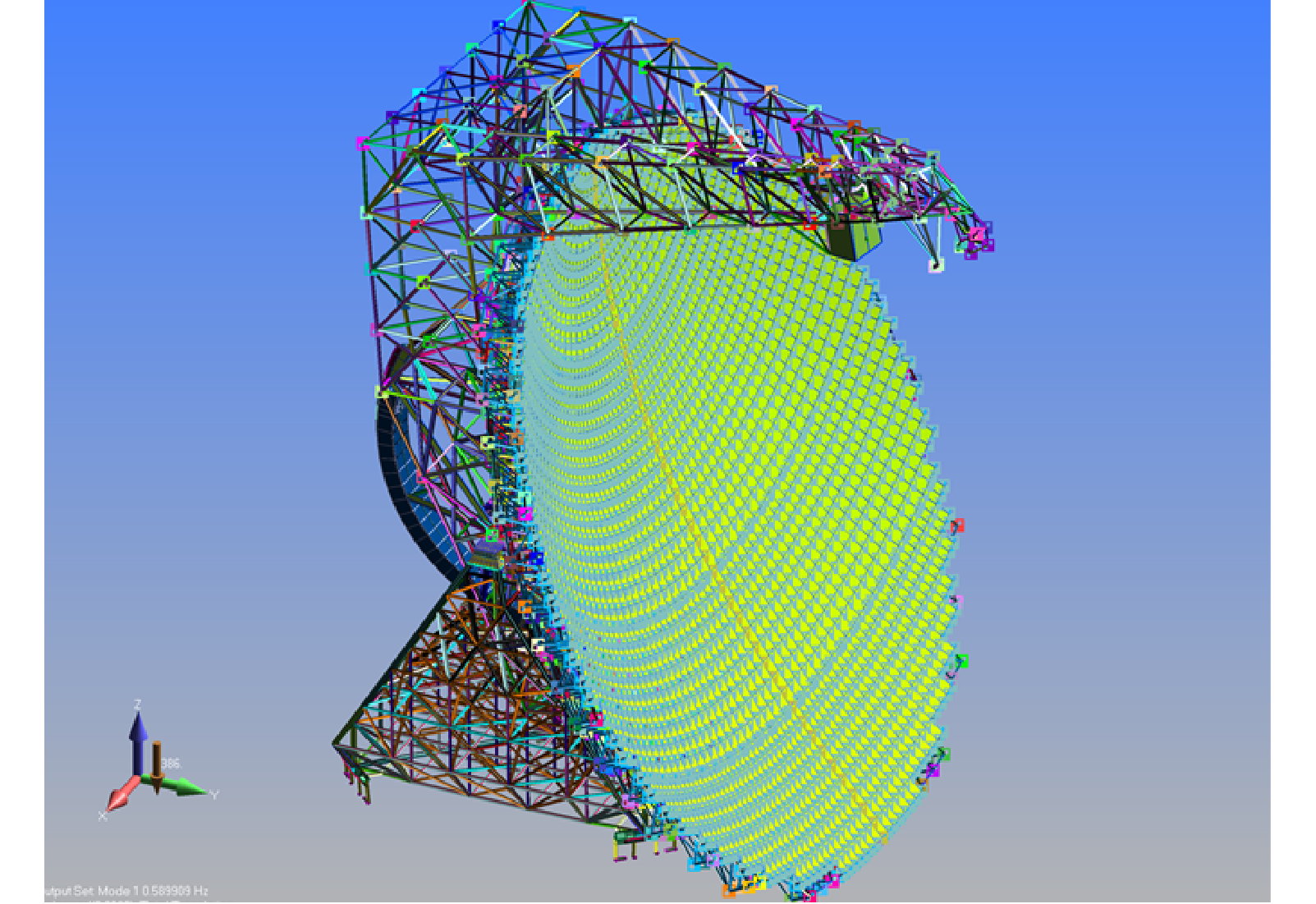Mobile and Aerospace Antenna Stress and Vibration Analysis
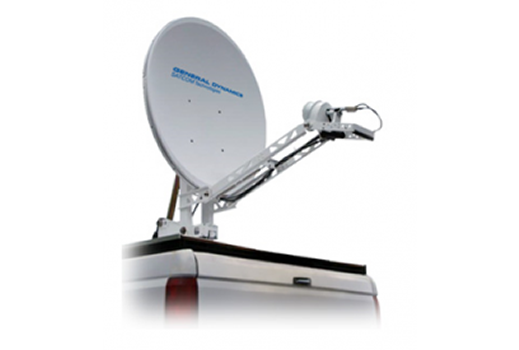
Analysis
Objective
A major antenna manufacturer contracted Predictive Engineering to perform a detailed verification study of their new antenna design for mobile applications. The objective was to ensure a robust design that was still lightweight and easy to manufacture.
A vehicle mounted antenna was analyzed (see Figure 1) for stress, deflection and natural frequencies. This analysis inspected the resulting stresses based on pressures generated by a CFD drag analysis of the antenna moving at 80 MPH down the road. Additionally, a normal modes analysis was performed to determine if the natural frequency of the structure was within the range of standard road noise.
The antenna was meshed with solid elements (see Figure 2) and linear contact was enforced between the different parts. Linear contact was used to fully understand the interaction of the plastic threads so that they could be correctly sized. As many designers already know, a plastic thread benefits from its own unique thread profile. Stress and deflection results confirmed our client’s confidence that the design was adequately robust to survive “Indy Race Track” –like conditions.
The normal modes analysis showed that there was no chance that typical road noise would excite any of the natural frequencies of the antenna system from mount to deployment. This analysis provided detailed information to the client allowing them to have high confidence that their product would meet the design requirements.
PDF Download
